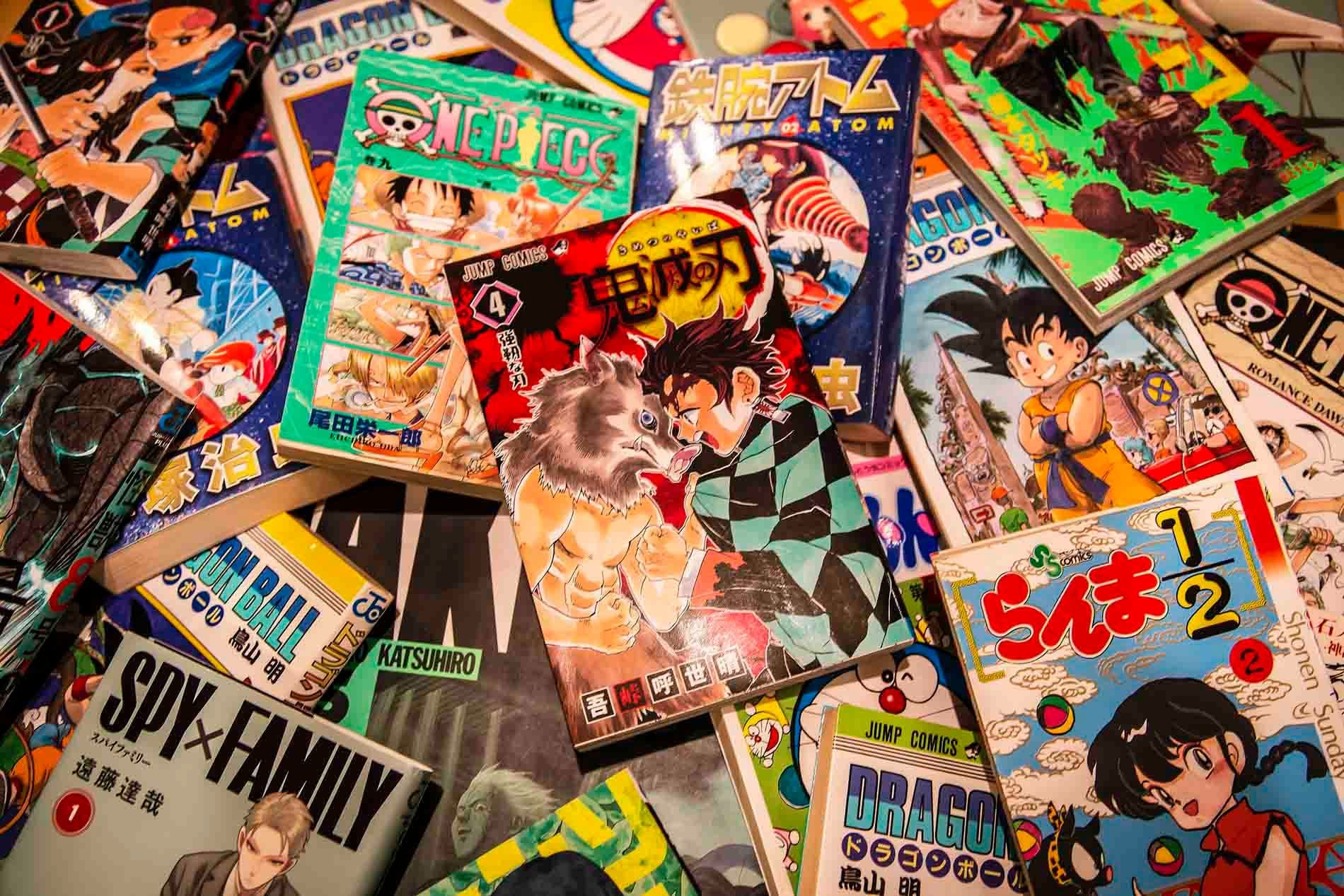

Table of contents:
Japanese animation, known as anime (アニメ), is a unique and popular form of storytelling that has gained fans worldwide. With its recognizable art style and engaging stories, anime appeals to people of all ages.
More than just entertainment, it reflects Japanese culture, traditions, and values. Many anime series are based on Japanese comic books called manga (漫画), which are widely read in Japan.
If you’re curious about anime, you can find many titles on streaming platforms like Netflix and Amazon Prime.
👉 Click here to start learning Japanese today! Mondly | Rocket Languages

1. The History and Evolution of Japanese Anime
The origins of anime date back to the early 20th century when Japanese artists experimented with animation, taking inspiration from Western cartoons. However, it wasn’t until after World War II that Japan’s animation industry truly began to grow.
Over time, advancements in technology and changing audience tastes shaped its evolution. Traditional hand-drawn animation transitioned to digital techniques, leading to more detailed and visually impressive productions.
The rise of anime TV series helped bring it to a larger audience, both in Japan and around the world. Some of the most influential titles include Astro Boy, Battle of the Planets, Sailor Moon, Dragon Ball Z, Pokémon, Naruto, and One Piece.
2. Anime Titles that Brought Japanese Animation to the West

2.1. 'Astro Boy' by Osamu Tezuka: The First Anime TV Show
Osamu Tezuka played a key role in transforming anime. He created stories that captured the hearts of people around the world. His characters set the standard for engaging storytelling and helped introduce anime to Western audiences.
His most famous work, Astro Boy (known in Japan as Tetsuwan Atomu - 鉄腕アトム), became a global sensation. It shaped the signature anime style, with its large eyes and expressive features.
Tezuka’s influence opened the door for future creators, leading to the wide variety of anime genres we see today, from action-packed shonen to the magical worlds of shojo. As anime evolved, it reached an even larger audience, helping it become a worldwide phenomenon.

2.2. 'Akira' by Katsuhiro Otomo: The Anime Movie that Changed
One of the most influential figures in Japanese anime is Katsuhiro Otomo, best known for his groundbreaking film Akira. Released in 1988, Akira was a landmark in anime history. The film’s stunning animation and detailed visuals set a new standard for the industry.
Beyond its artistry, Akira stood out for its deep and complex storytelling. Set in a dystopian Tokyo, it explored themes of power, identity, and societal collapse. Akira had a strictly mature theme, which resonating with audiences worldwide. It drew a clear distinction between grown-up Japanese anime and the childish Disney American cartoons.
The film’s success helped bring anime to global attention, proving that Japanese animation could tackle mature themes and reach a broad audience. It changed the way people looked at animation. Its impact continues today, influencing both anime and international pop culture.

2.3. Studio Ghibli and Hayao Miyazaki: A New Kind of Children's Animation
No discussion of anime is complete without mentioning Hayao Miyazaki, the co-founder of Studio Ghibli. His films are known for their captivating stories, stunning visuals, and deep emotional themes. Miyazaki has created some of the most beloved anime films of all time, including Spirited Away and My Neighbor Totoro.
His work is praised not only for its imaginative storytelling but also for the way it blends fantasy with real-world themes. Miyazaki’s films often explore nature, childhood, and human emotions, making them meaningful for both children and adults. His ability to bring these elements together has helped elevate anime into a globally respected art form, inspiring audiences and filmmakers worldwide.
Popular Articles


Tokyo Favorites: 20 Must-Do Experiences for Travelers
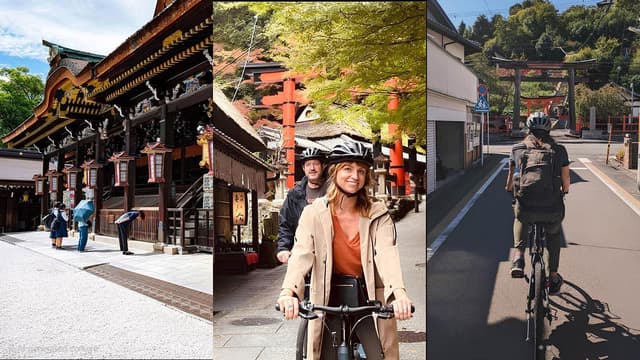
Kyoto Bike Tours: Discover the City’s Hidden Gems with Noru
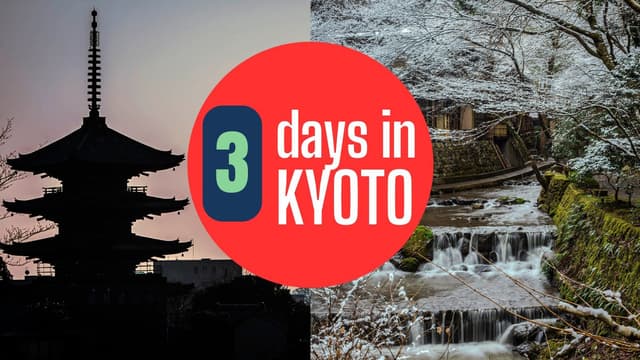
Kyoto 3-Day Itinerary: Best Things to Do for First-Time Visitors
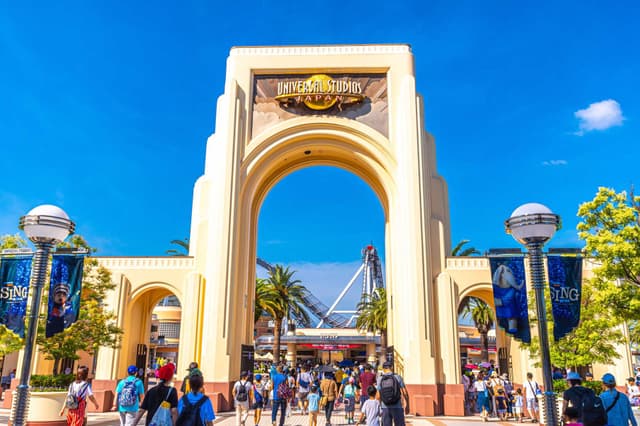
Universal Studios Japan Tickets: Your Guide to Visiting USJ
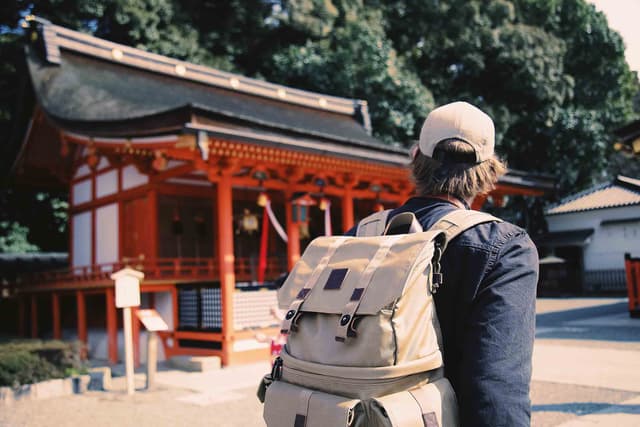
Find Out What Japan Really Thinks of Foreign Tourists

Manga Explained: Top Recommendations for Beginners
3. Japanese Anime vs. American Animation
While both Japanese anime and American animation share the same foundation of visual storytelling, they have distinct differences.
3.1. American Animation is Characterized as...
- lighthearted
- focuses on humor
- simple stories
- mostly targets children
3.2. Japanese Anime is Characterized as...
- explore a range of genres — fantasy, sci fi, romance, horror, etc
- popular with audiences of all ages
- powerful storytelling medium
- explores complex relationships
- is compared to live-action films
By addressing mature topics such as social issues, personal growth, and existential questions, anime has gained recognition as a serious and respected form of storytelling worldwide.
4. Dramatic Anime - "Grave of the Fireflies"
One of the most powerful examples of dramatic storytelling in anime is the classic film Grave of the Fireflies (Hotaru no Haka - 火垂るの墓). This deeply moving story follows two young siblings struggling to survive during the final days of World War II. Through their journey, the film portrays the harsh realities of war, loss, and resilience, showing that anime can be more than just entertainment.

With its emotional depth and realistic depiction of human suffering, Grave of the Fireflies has resonated with audiences around the world. The film highlights anime’s ability to explore serious themes and communicate deep human experiences. It stands as a testament to how animation can be used to tell meaningful and thought-provoking stories.
5. Influence of Japanese Culture in Anime
One of the defining aspects of anime is its deep connection to Japanese culture. Many anime series and films incorporate traditional customs, societal values, and historical themes, offering a glimpse into everyday life in Japan. From the structure of school life to workplace dynamics, anime often reflects real aspects of Japanese society.

Cultural elements such as festivals, tea ceremonies, and samurai traditions frequently appear in anime, adding authenticity to the storytelling. These references not only enrich the narratives but also help international audiences learn more about Japan’s history and customs.
By blending entertainment with cultural insight, anime has played a key role in introducing Japanese traditions to the world, contributing to its global popularity.
6. Impact of Anime on Global Pop Culture
Japanese anime has had a major influence on global pop culture, inspiring fans and creators around the world. Its popularity has led to the rise of fan communities that engage in activities such as fan art, cosplay, and fan fiction. Large conventions like Anime Expo and Comic-Con bring together anime enthusiasts to celebrate their favorite series, characters, and creators.

Beyond fan culture, anime has also shaped the entertainment industry, influencing animation styles and storytelling techniques in Western media. Hollywood has adapted several anime series and films into live-action movies, introducing new audiences to the genre.
This cultural exchange has helped anime become a key part of global entertainment, fostering a more interconnected and diverse pop culture landscape.
7. Anime Tourism in Japan
Anime has become a major reason for tourism in Japan, attracting fans from all over the world. Many travelers visit real-life locations featured in their favorite anime, a trend known as "anime pilgrimage." Cities like Tokyo and Kyoto have embraced this by offering themed cafés, exclusive merchandise shops, and guided tours that bring anime worlds to life.
This growing interest in anime tourism has had a positive impact on Japan’s economy, boosting local businesses and travel industries. More importantly, it allows fans to fully immerse themselves in the settings of their favorite stories, creating unforgettable memories. Whether visiting the bustling streets of Akihabara or the scenic countryside seen in films like Your Name, anime tourism offers a unique and exciting way to experience Japan.
8. Conclusion: Anime and its Role in Promoting Japanese Culture
Anime continues to captivate audiences worldwide by transporting them into imaginative worlds, sparking emotions, and offering a glimpse into Japanese culture. With its rich storytelling, stunning visuals, and diverse themes, anime has become more than just entertainment—it has become a global phenomenon.
As a unique form of artistic and cultural expression, anime helps bridge cultural differences and foster appreciation for Japan’s traditions, values, and creativity. Its influence on global pop culture, fan communities, and tourism highlights its powerful role in connecting people across the world. Whether you’re a lifelong fan or just discovering anime for the first time, exploring this vibrant medium offers a deeper appreciation of Japan’s culture and the boundless possibilities of animated storytelling.
FAQs
What is anime?
Anime is a style of animated storytelling that originated in Japan and has become popular worldwide. It features unique art styles, expressive characters, and a wide range of genres, from action and fantasy to slice-of-life and romance. Unlike Western cartoons, anime often targets different age groups, from children to adults.
How did anime begin?
Anime began in the early 20th century when Japanese artists experimented with animation techniques inspired by Western cartoons. The first recognized Japanese animated film was produced in 1917, but anime truly gained popularity after World War II, thanks to pioneers like Osamu Tezuka, who created "Astro Boy".
Who are some important figures in anime history?
Osamu Tezuka, often called the "God of Manga and Anime," revolutionized animation in Japan with "Astro Boy" in the 1960s, setting the foundation for modern anime. Hayao Miyazaki, the co-founder of Studio Ghibli, created internationally beloved films like "Spirited Away" and "My Neighbor Totoro," showcasing deep storytelling and breathtaking animation. Another key figure is Katsuhiro Otomo, whose cyberpunk masterpiece "Akira" (1988) helped introduce anime to a global audience and influenced many future creators.
How does anime differ from Western animation?
Anime differs from Western animation in its storytelling, visual style, and target audience. While many Western cartoons focus on humor and entertainment for children, anime often explores deep themes such as love, war, identity, and philosophy, appealing to older audiences as well. Additionally, anime features more detailed artwork with a cinematic approach.
How does anime reflect Japanese culture?
Anime serves as a window into Japanese culture by incorporating real-life traditions, social values, and historical themes into its stories. Many anime feature elements such as Japanese festivals, tea ceremonies, school life, and even traditional concepts like kamikakushi (spirited away) and yōkai (supernatural creatures), which help viewers learn about Japan’s customs and beliefs.
Loading Comments...

James Saunders-Wyndham
I've been immersed in Japanese culture and daily life for over 30 years and am proud to call Japan my home. Originally from Australia, my journey has taken me from teaching at Japanese universities to traveling extensively across the country, uncovering its hidden gems. As a web developer, I built Romancing Japan from the ground up to share these experiences with you. Whether it's the charm of old Kyoto, the pulse of Tokyo, or the tranquility of the countryside, I love helping others discover the magic of Japan—one story at a time.
Popular Articles
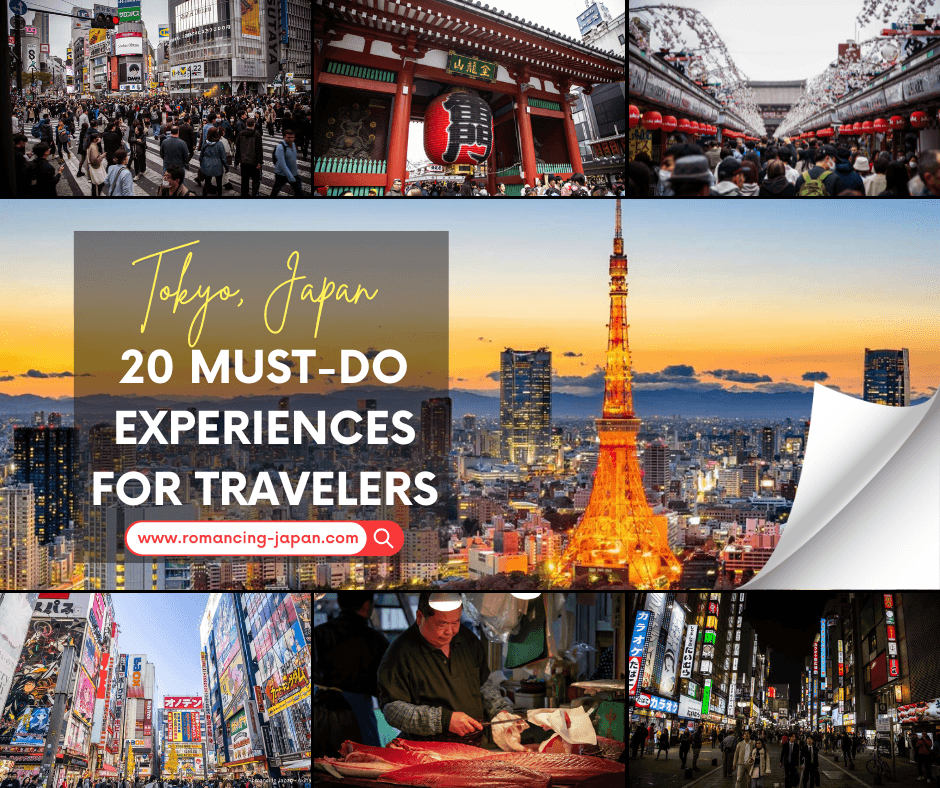
Tokyo Favorites: 20 Must-Do Experiences for Travelers
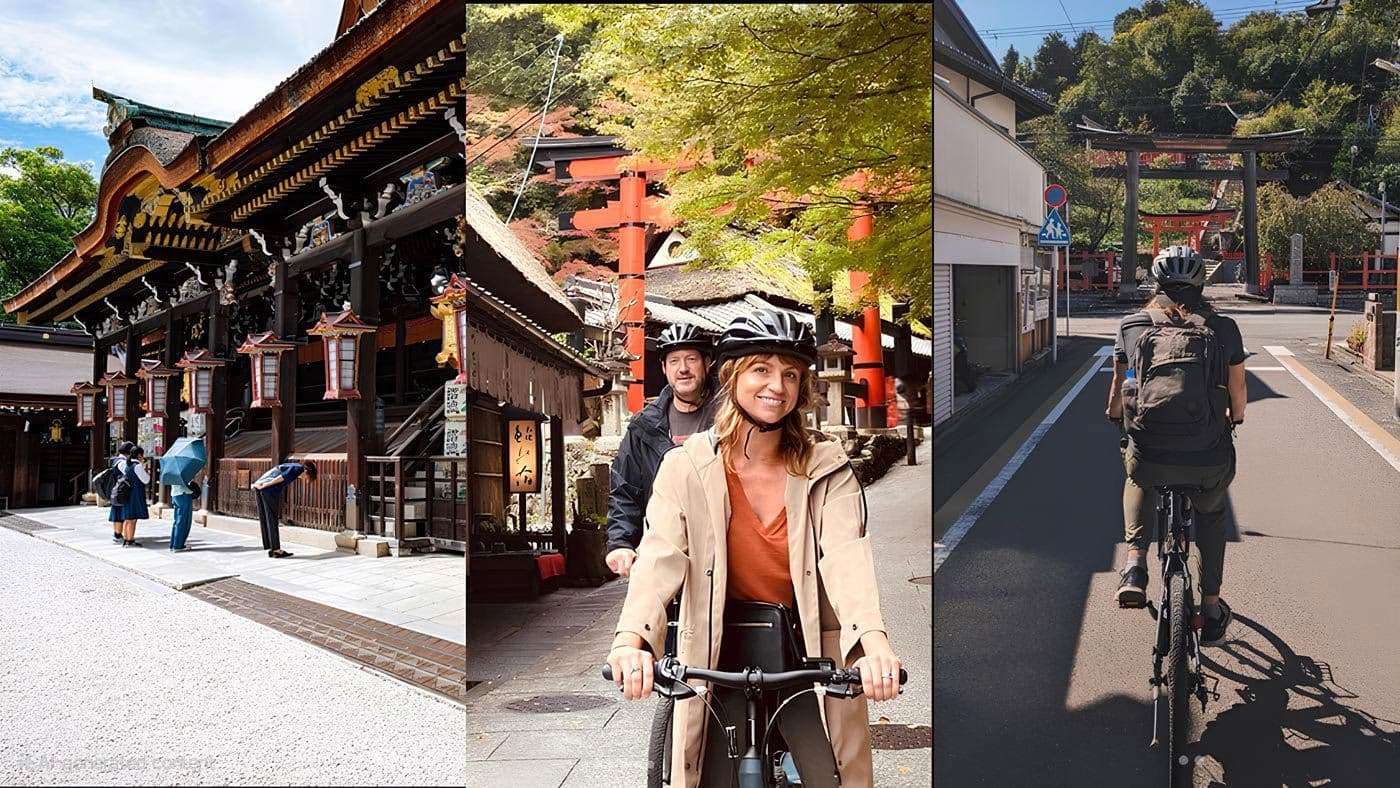
Kyoto Bike Tours: Discover the City’s Hidden Gems with Noru

Kyoto 3-Day Itinerary: Best Things to Do for First-Time Visitors
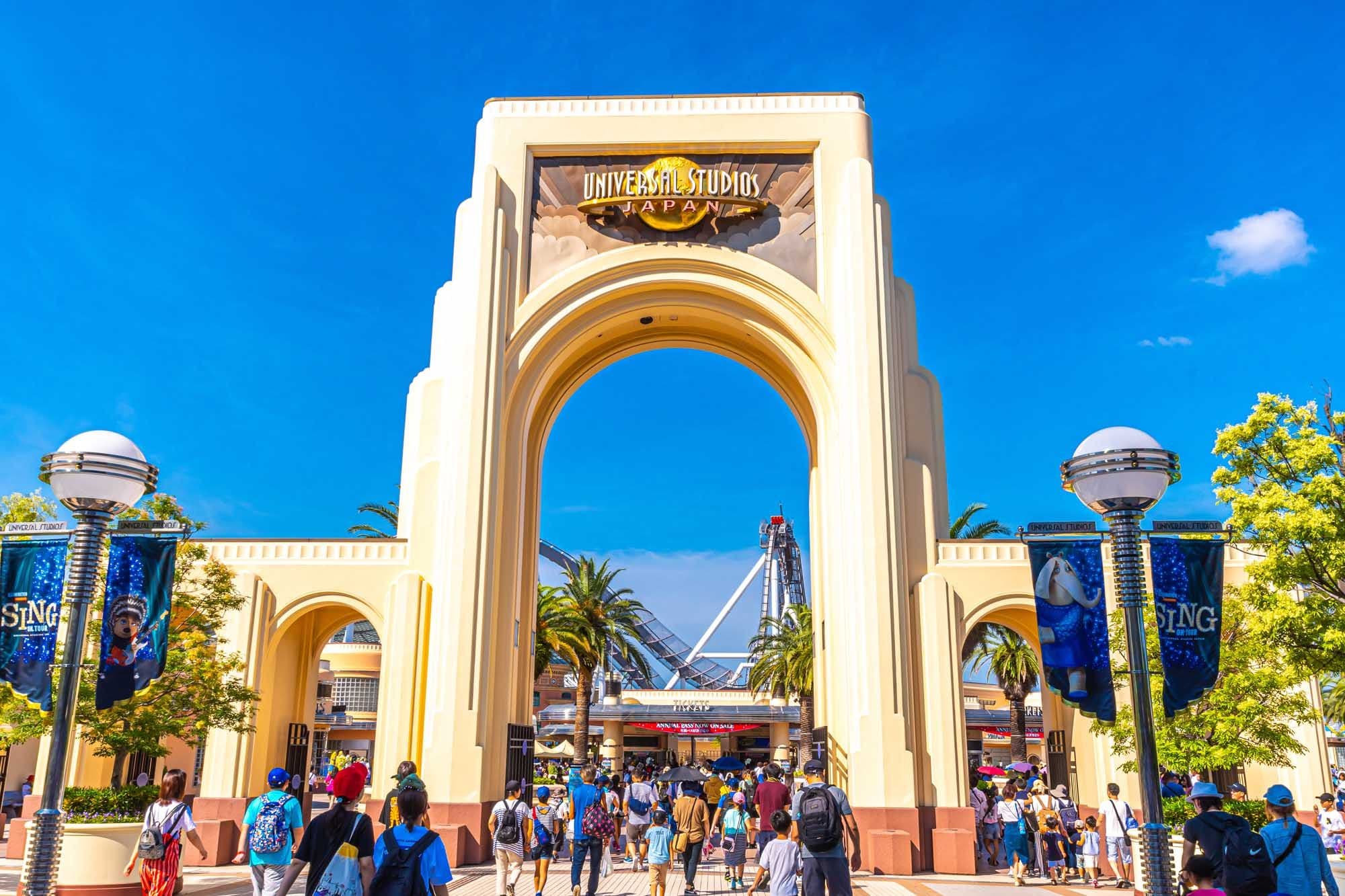
Universal Studios Japan Tickets: Your Guide to Visiting USJ

Find Out What Japan Really Thinks of Foreign Tourists
